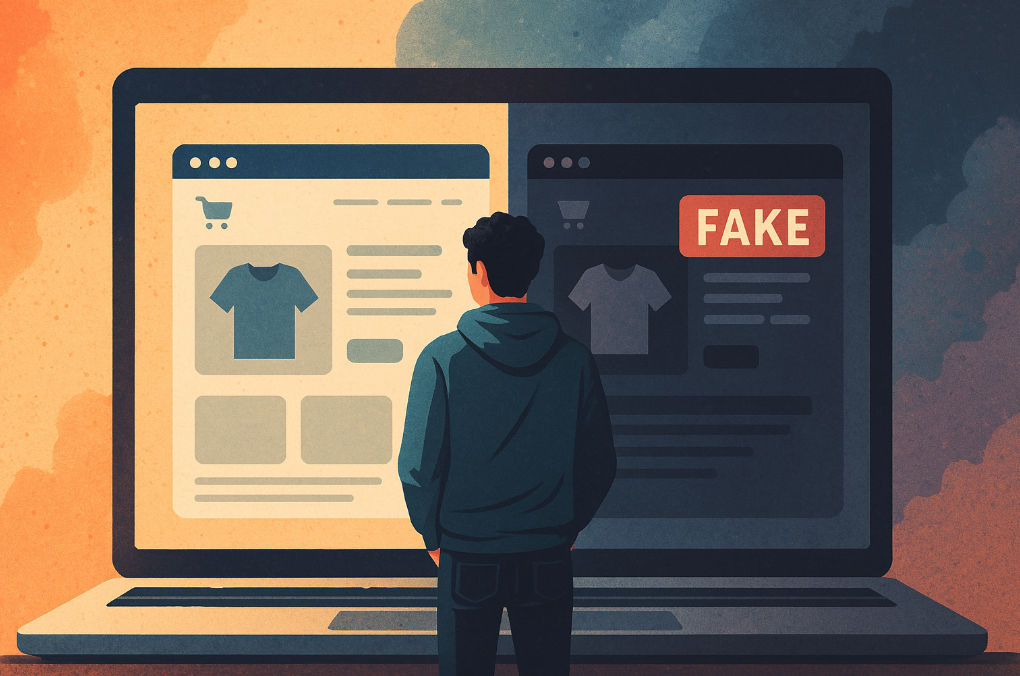
It used to be that building a website was something only developers and designers could do. It took time, money and technical know-how. Today, that’s no longer the case. Thanks to the rise of generative AI and low-code platforms, anyone can spin up a website that looks and feels exactly like yours in minutes. And that’s a serious problem for businesses because these fake websites are no longer clumsy knock-offs – they’re convincing, professional and devastatingly effective.
If you’ve ever searched for a company online and found multiple versions of its site, you’ve already seen the problem. Criminals and competitors are creating imitation sites that mimic the original brand so closely that even experienced users struggle to spot the difference. These sites might copy your logo, design, tone of voice and even product listings.
The goal is simple: exploit your reputation. They might use the fake site to steal customer data, distribute malware or trick users into fraudulent transactions. And once that happens, your brand pays the price. It’s your name that gets tarnished, not the anonymous scammer’s.
In the past, launching a convincing clone required coding skills and time. Now, AI tools can copy entire sites, generate realistic content and even design layouts automatically. Some platforms even allow attackers to host these sites with just a few clicks.
This has removed one of the biggest barriers to entry – technical expertise. Non-technical attackers can now run phishing campaigns, set up fake shops or impersonate your customer support without writing a single line of code. It’s a frightening shift, and it’s happening right now.
Most organisations understand the need to protect their networks, endpoints and cloud environments. But many still overlook one of the most vulnerable parts of their digital footprint: their brand.
At DarkInvader, we see brand protection as a fundamental part of external attack surface management (EASM). Your name, website, domain and online reputation are all assets that criminals will try to exploit. If you’re not monitoring for fraudulent use of these assets, you’re leaving a gaping hole in your security posture.
The impact of a fake website goes beyond a few stolen passwords or lost sales. It can erode trust – and trust, once lost, is incredibly difficult to rebuild. Customers who are tricked into using a fake site often blame the real business. Negative reviews spread, word of mouth turns toxic, and future customers become wary.
Search engines can also penalise your brand if they associate it with malicious activity. Even if you shut down the fake site quickly, the damage to your reputation can linger for years.
The first step is awareness. Many organisations have no idea that fake versions of their website exist. Regular monitoring of your digital presence is essential – not just your main site and domains, but also typosquats, lookalike domains and new registrations.
This is where platforms like DarkInvader’s EASM solution come into play. By continuously scanning the web for threats related to your brand, we can alert you to imitation sites before they cause serious damage. From there, you can work with hosting providers and legal teams to take them down quickly.
It’s also worth educating your customers. Encourage them to bookmark your official site, verify domain names and report anything suspicious. The more eyes you have watching for imposters, the faster you can respond.
Unlock continuous, real-time security monitoring with DarkInsight. Sign up for your free account today and start protecting your external attack surface from potential threats.
Create My Free Account